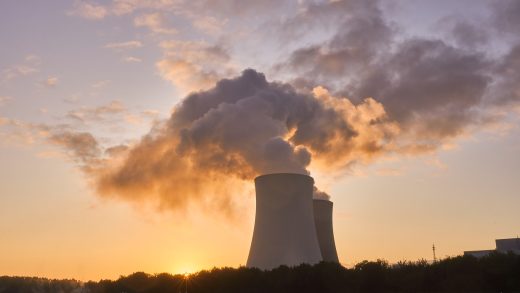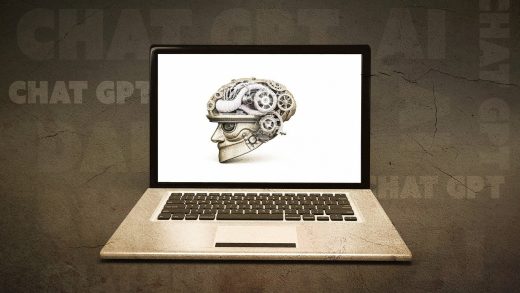The Evolution of Social Structures;Social structures form the backbone of human societies, shaping how individuals interact and contribute to collective development. From hunter-gatherer communities to modern urban settings, these structures have undergone significant transformations. This article explores the evolution of social structures, focusing on the sociological theories that explain these changes. It discusses key periods in human history, their corresponding social systems, and the factors driving these evolutions.
1. The Foundations of Social Structures in Early Human Societies
The earliest forms of social organization emerged during the Paleolithic era. Small, nomadic groups relied on egalitarian systems to survive. Key characteristics included:
- Shared Resources: Food and tools were distributed equally.
- Simple Division of Labor: Tasks were divided by age and gender.
- Oral Traditions: Communication and cultural transmission depended on verbal exchanges.
Table 1: Characteristics of Early Human Social Structures
| Feature | Description |
|---|---|
| Group Size | Small, typically 25–50 individuals |
| Social Hierarchy | Minimal or non-existent |
| Communication | Oral traditions, symbolic expressions |
| Economic System | Subsistence economy based on hunting and gathering |
2. Agricultural Revolution and the Rise of Hierarchies
The Neolithic era marked a turning point with the advent of agriculture. Permanent settlements led to population growth and more complex social systems. Notable changes included:
- Emergence of Property Ownership: Land and resources became central to power.
- Social Stratification: Hierarchies developed, often based on wealth or land ownership.
- Specialization of Labor: Professions like blacksmithing and pottery-making emerged.
The establishment of cities, such as Mesopotamia’s Uruk, showcased the first instances of organized governance and laws, which were essential to maintaining order in growing populations.
3. Feudalism and the Medieval Period
The medieval era introduced feudalism, a system defined by rigid social hierarchies and decentralized political structures. Key features included:
- Manorialism: Landowners controlled estates worked by serfs.
- Religious Influence: The Church played a dominant role in governance and social norms.
- Limited Mobility: Social classes were largely hereditary.
During this period, the economy was agrarian, and barter systems were common. Power dynamics were enforced by military strength and alliances.
4. Industrial Revolution and Modernization
The Industrial Revolution radically transformed social structures, particularly in Europe and North America. Key developments included:
- Urbanization: Migration to cities increased as factories replaced agrarian jobs.
- Class Stratification: The working class and bourgeoisie became distinct social groups.
- Technological Advancements: Innovations in machinery and transport reshaped economies.
Modern sociological theories, such as Karl Marx’s conflict theory and Émile Durkheim’s functionalism, emerged during this era to analyze the shifting dynamics of class and labor.
5. Post-Industrial Societies and Globalization
The 20th and 21st centuries have ushered in post-industrial societies characterized by knowledge-based economies and digital technologies. Globalization has further redefined social structures:
- Global Networks: Nations and cultures are interconnected through trade and communication.
- Diversity and Inclusion: Movements advocating for equality and human rights gained prominence.
- Digital Communities: Online platforms have created new forms of social interaction.
Table 2: Comparison of Industrial vs. Post-Industrial Societies
| Feature | Industrial Societies | Post-Industrial Societies |
|---|---|---|
| Economic Base | Manufacturing | Services and Information |
| Workforce Composition | Manual Labor | Knowledge Workers |
| Social Interaction | Physical Proximity | Virtual and Global |
6. The Future of Social Structures: A Sociological Outlook
The rapid pace of technological advancement and environmental challenges are likely to shape future social structures in unprecedented ways. Potential trends include:
- AI-Driven Economies: Automation could redefine employment and income distribution.
- Eco-Centric Societies: Climate change may force more collaborative and sustainable practices.
- Hybrid Identities: With increased globalization, individual identities may blend cultural, national, and virtual influences.
Sociologists emphasize the need for adaptability and resilience as humanity navigates these transitions.
FAQs
1. What are social structures?
Social structures refer to the organized patterns of relationships and institutions that form the foundation of a society.
2. How did social hierarchies evolve?
Social hierarchies emerged with the advent of agriculture, as resource ownership and labor specialization created distinct social classes.
3. What role did industrialization play in shaping modern societies?
Industrialization led to urbanization, class stratification, and technological advancements, which transformed traditional agrarian societies into industrial economies.
4. How has globalization impacted social structures?
Globalization has interconnected societies worldwide, fostering diversity, economic interdependence, and the rise of digital communities.
5. What challenges do future social structures face?
Future challenges include adapting to AI-driven economies, combating climate change, and addressing the complexities of hybrid cultural identities.
This article combines historical analysis, sociological theories, and futuristic perspectives to provide a comprehensive overview of the evolution of social structures. By understanding the past and present, we can better prepare for the societal challenges of tomorrow.


